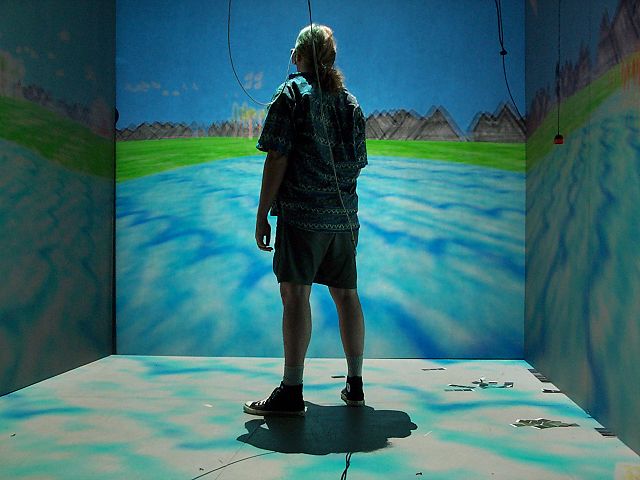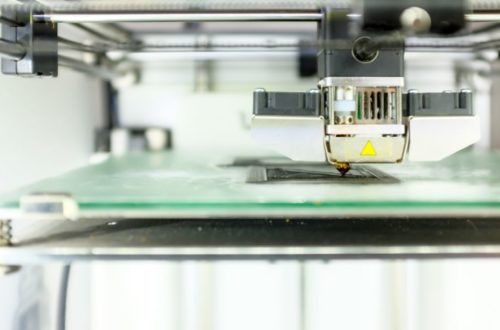From KFC to Healthcare: VR Training is Here

What once was science fiction is now science fact. Virtual reality (VR) training offers a new, modern way for professionals to engage in learning. Kentucky Fried Chicken (KFC) recently announced their latest training module called “The Hard Way — a KFC Virtual Training Escape Room,” which teaches employees how to inspect, rinse, bread, rack, and pressure fry ingredients without ever having to enter a kitchen.
This highlights a wider trend toward VR training than we’ve ever seen before, with simulated learning being taken seriously among professionals across multiple fields as well as in education. Lucas Rizzotto’s recent series, “How VR, AR, & AI Can Change Education Forever”, imagines that the propensity of VR and related technologies will continue to revolutionize human learning in much the same way that the computer and internet have.
It’s easy to forget that we’ve been haven’t been an advanced species for very long — we’ve only had the internet for 20 years now, for example. But the way that the internet has affected human learning can only be described as profound. Rizzotto points out that while contemporary classroom learning looks very much the same now as it did over one hundred years ago (children in desks facing chalkboard, teacher at the front of class), the ways that people learn supplementally are changing every day. Wikipedia, Ted, and YouTube are a keystroke or a smartphone command away. Yet, we have not been able to massively propogate personalized, intensive, hands-on experiential learning until now.
From Educators to Employers
VR is now being used to teach in ways that are surprising and delightful. For those who prefer to be self-taught, seeking information and learning at their own pace, VR apps are in development that could revolutionize auto-educative pedagogy. Joseph Steinberg writing for Inc.com details his experience using a new virtual reality foreign-language teaching app:
“By wearing a VR headset, Mondly transported me into a cab in which I conversed with the driver in Spanish, and then into a foreign hotel with a Spanish-speaking receptionist checking me in; my interactions with these “people” were similar to those that one would experience in real life. Because of the VR technology, the experience felt quite lifelike – far more “real” than similar “conversations” that I have had while using other foreign language learning apps. I suspect that for many people, experiencing the use of a language in a virtual reality session may help them remember the content better than they would using less “realistic feeling” learning kits.”
There’s something to be said for the efficacy of simulated learning, as Steinberg implies at the end of his passage. Bradley University’s online program points to nursing education, mentioning that implementation of simulated learning techniques generally leads to improved rates of treatment success and better patient care — and while it’s still too early to measure the effects of VR in secondary education, colleges like NYU have been embracing the technology and pushing the boundaries of its application, blending theatre and VR to recreated Hamlet.
Virtual Killed the Radio Star
Nevertheless, the both the public and the private sector are putting their faith in these early iterations of jobs-training simulators. The Navy has been using VR to train crews for deployment in combat ships, and multiple applications have been recorded in armed forces throughout the world, including paratrooper training, medical training, etc.
Military adoption of innovation alone is usually a precursor to public availability and adoption. The US Military’s DARPANET was essentially the first iteration of the internet in the 1960s, and 50 years later the entire world is dependent on it. The same could be said for GPS, as well as computers in general.
The real proof, however, is in the pudding. TechCrunch reports that UPS is developing a new VR training program for drivers that “will be rolling out next month at nine of the company’s training facilities, simulating some of the uncertainties and challenges of delivering packages on city streets.”
From UPS to KFC, entry-level learning is now being infiltrated by VR. This is fantastic, implying that high-technology is no longer reserved for upper-echelon training, but can be utilized by a much wider base to better themselves in an immersive learning environment. Virtual reality will soon be everybody’s reality.
Would you like to receive similar articles by email?





